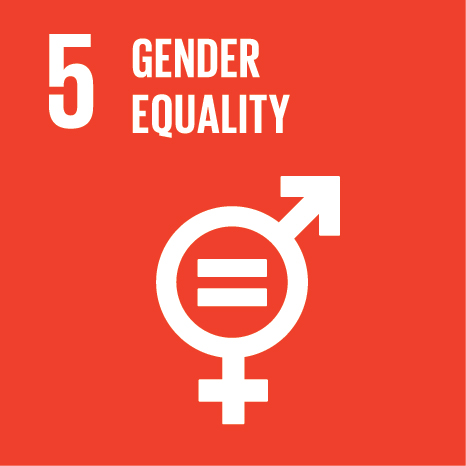Ciência_Iscte
Publications
Publication Detailed Description
Journal Title
European Journal of Women’s Studies
Year (definitive publication)
2022
Language
English
Country
United Kingdom
More Information
Web of Science®
Scopus
Google Scholar
This publication is not indexed in Overton
Abstract
Gender imbalances persist throughout the world, particularly at leadership level, and equally also visible in the case of trade unions. This article focuses on CGTP-IN, the largest Portuguese trade union confederation, and sets out analysis incorporating both figures from this organisation and accounts by female members of CGTP-IN unions. Results confirm the existence of gender asymmetries, especially at the highest leadership levels. Analysis of the discourses of these women leaders reveals some awareness of the influence of gender on professional relations, placing women at a disadvantage, especially where leadership is concerned. Furthermore, four reasons driving the persistence of these gender asymmetries in trade union leadership/decision-making roles were identified: family responsibilities, gendered professional segregation, masculine trade union cultures and traditional gender stereotypes. Nevertheless, the interviewees resist to means of affirmative action such as gender quotas, and instead prefer to prioritise education and raising awareness around gender equality.
Acknowledgements
--
Keywords
Affirmative action,Asymmetric leadership,CGTP-IN,Gender inequalities,Trade unions
Fields of Science and Technology Classification
- Sociology - Social Sciences
- Other Humanities - Humanities
Funding Records
| Funding Reference | Funding Entity |
|---|---|
| UID/PSI/03125/2013 | Fundação para a Ciência e a Tecnologia |
Contributions to the Sustainable Development Goals of the United Nations
With the objective to increase the research activity directed towards the achievement of the United Nations 2030 Sustainable Development Goals, the possibility of associating scientific publications with the Sustainable Development Goals is now available in Ciência_Iscte. These are the Sustainable Development Goals identified by the author(s) for this publication. For more detailed information on the Sustainable Development Goals, click here.

 Português
Português


